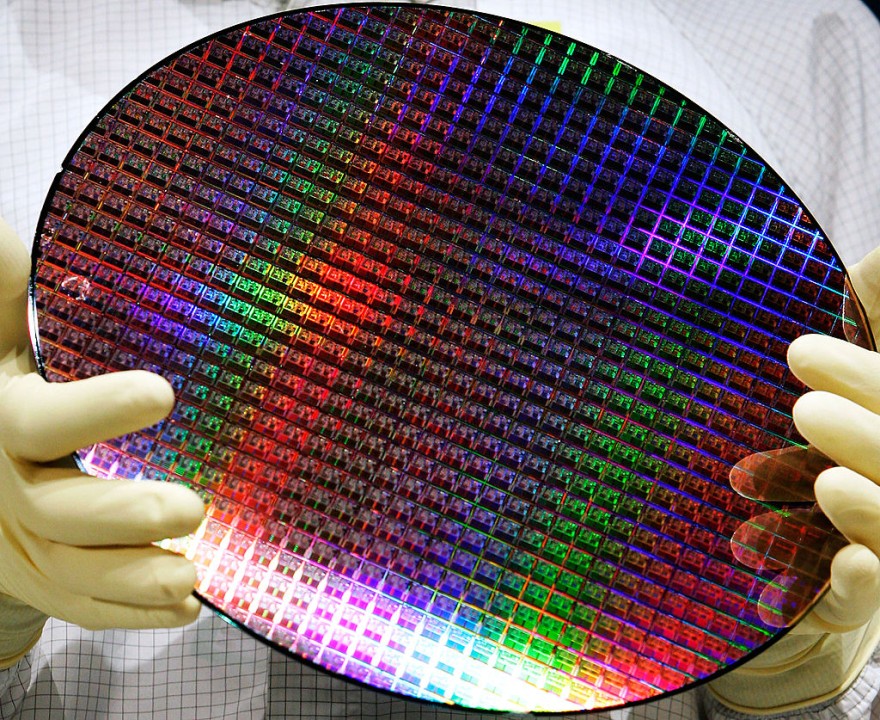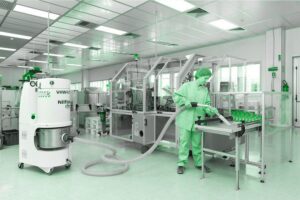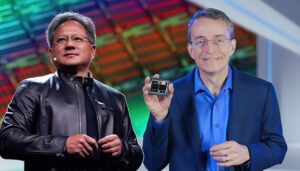Introduction:
In the bustling realm of modern technology, where smartphones buzz, computers hum, and screens illuminate our lives, lies an unsung hero that powers it all: semiconductors.
These unassuming materials act as the building blocks of the electronic wonders we rely on every day.
Just like traffic controllers managing the flow of vehicles through intricate cityscapes, semiconductors orchestrate the movement of electrons to create the magic of electronics.
In this blog post, we invite you to embark on a fascinating journey into the world of semiconductors, where complex scientific concepts are unraveled through a simple analogy.
Picture a city where atoms are cars, electrons are passengers, and energy levels are roads. We’ll explore how these basic elements come together to form the foundation of semiconductors and unlock their incredible potential.
Let’s break down the basic building blocks of semiconductors using this analogy:
Of course! Let’s delve deeper into each of these building blocks of semiconductors using the traffic analogy:
Atoms as Cars: Atoms are the basic units of matter. In our analogy, each atom is like a car on the road, ready to move around.
Electrons as Passengers: Within atoms, there are electrons, which are negatively charged particles.
These electrons are like passengers sitting inside the cars. Different atoms have different numbers of electrons.
Energy Levels as Roads: Just as roads have different levels, atoms have energy levels where electrons can reside.
Electrons closer to the nucleus (center of the atom) are on lower energy levels, while those farther away are on higher energy levels.
Valence Electrons as Drivers: Valence electrons are the electrons on the outermost energy level of an atom.
These electrons are like the drivers of the cars. How easily these valence electrons can move around affects the material’s electrical behavior.
Conductors as Wide Roads: Conductors are materials that allow electrons to flow through them easily.
Think of conductors as wide, open roads with multiple lanes. Metals like copper have many “lanes” for electrons to move through.
Insulators as Blocked Roads: Insulators are materials that don’t allow electrons to move through them easily.
Imagine these materials as narrow, blocked roads with barriers that prevent electron flow. Wood, rubber, and plastic are examples of insulators.
Semiconductors as Traffic Lights: Semiconductors are materials that have properties in between conductors and insulators.
They can be like roads with traffic lights, sometimes allowing cars (electrons) to flow and sometimes stopping them.
The behavior of semiconductors can be controlled by various factors, like temperature or doping.
Doping as Changing Traffic Conditions: Doping involves adding a small amount of a different element to a semiconductor material.
This changes the number of available charge carriers (electrons or “holes”), affecting the conductivity.
It’s like changing the traffic conditions on a road by adding more cars or adjusting the traffic lights.
N-type and P-type Semiconductors as One-way Streets: N-type semiconductors are doped with elements that provide extra electrons, creating an excess of negatively charged carriers.
This is like a one-way street where traffic (electrons) can only flow in one direction.
P-type semiconductors are doped with elements that create “holes” (absence of electrons), creating another type of one-way street for electron movement.
Read more: Semiconductors: The Key to Modern Technology, Explained
Diodes and Transistors as Intersection Controllers: Diodes are like traffic directors at an intersection.
They allow current to flow in one direction only, just like some roads allow traffic to move in a specific direction.
Transistors, on the other hand, can be used as switches to control the flow of current between different paths, much like redirecting traffic at an intersection.
By understanding these building blocks, engineers and scientists can manipulate the behavior of semiconductors to create a wide range of electronic devices that power our modern world.




